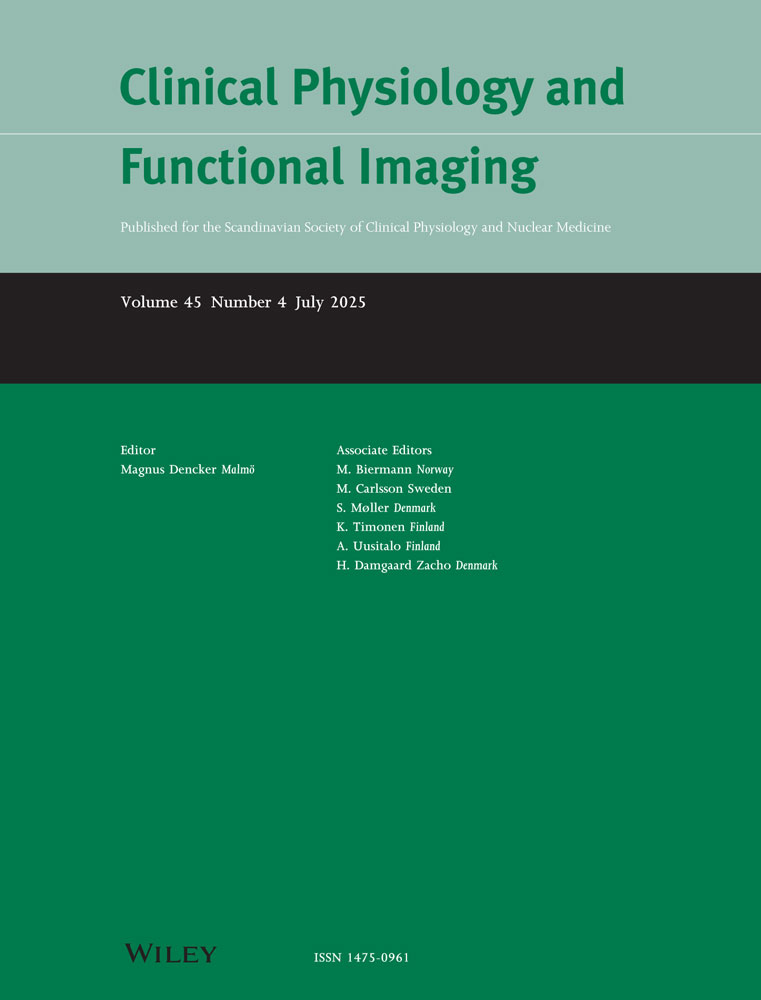Effects of gender, age and method variations on contractility in extremity lymphatic collectors using indocyanine green fluorescence lymphangiography
The study was performed at Bispebjerg Hospital, Bispebjerg Bakke 23, postal code 2400, Copenhagen, Denmark.
Abstract
The objectives of this study were to examine how extremity lymphatic collector contraction frequency is influenced by gender, age, and methodological variations in indocyanine green (ICG) injection using near infrared fluorescence (NIRF) imaging in healthy adults. Ten women (19–46 years) and eight men (18–59 years) were examined with 30-min NIRF videos recorded at different time points 0–150 min after injection of ICG. Variations in ICG volume (0.1 mL vs. 0.3 mL), -concentration (1 mg/mL vs. 2.5 mg/mL), -injection site (hand vs. foot), -route of administration (subcutaneous vs. intradermal) were applied to all subjects. The primary outcome was mean contraction frequency with maximum contraction frequency and number of visualised extremity lymphatic collectors as secondary outcomes. The median of mean contraction frequencies for females and males were 0.42 min−1 (IQR 0,19 min−1) and 0.25 min−1 (IQR 0,15 min−1), respectively (p = 0.022). The median of maximum contraction frequencies for females and males were 0.70 min−1 (IQR 0,26 min−1) and 0.34 min−1 (IQR 0,15 min−1), respectively (p = 0.015). Neither age, method variations nor imaging delay had any significant effect on contraction frequencies. Number of visualised collectors increased slightly during 150 min (p = 0.02). Mean and maximum contraction frequencies were significantly higher in women compared to men. This is a novel finding that warrants verification in future studies. Contraction frequency measured with 30-min NIRF imaging using an ICG volume as little as 0.1 mL and a concentration of 1 mg/mL is seemingly robust and readily available. This method is recommendable for perturbation studies of lymphatic collector function and pathophysiology.
CONFLICT OF INTEREST STATEMENT
The authors declare no conflicts of interest.
Open Research
DATA AVAILABILITY STATEMENT
The research data for this paper is available on reasonable request to the corresponding author.




